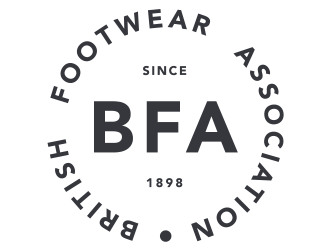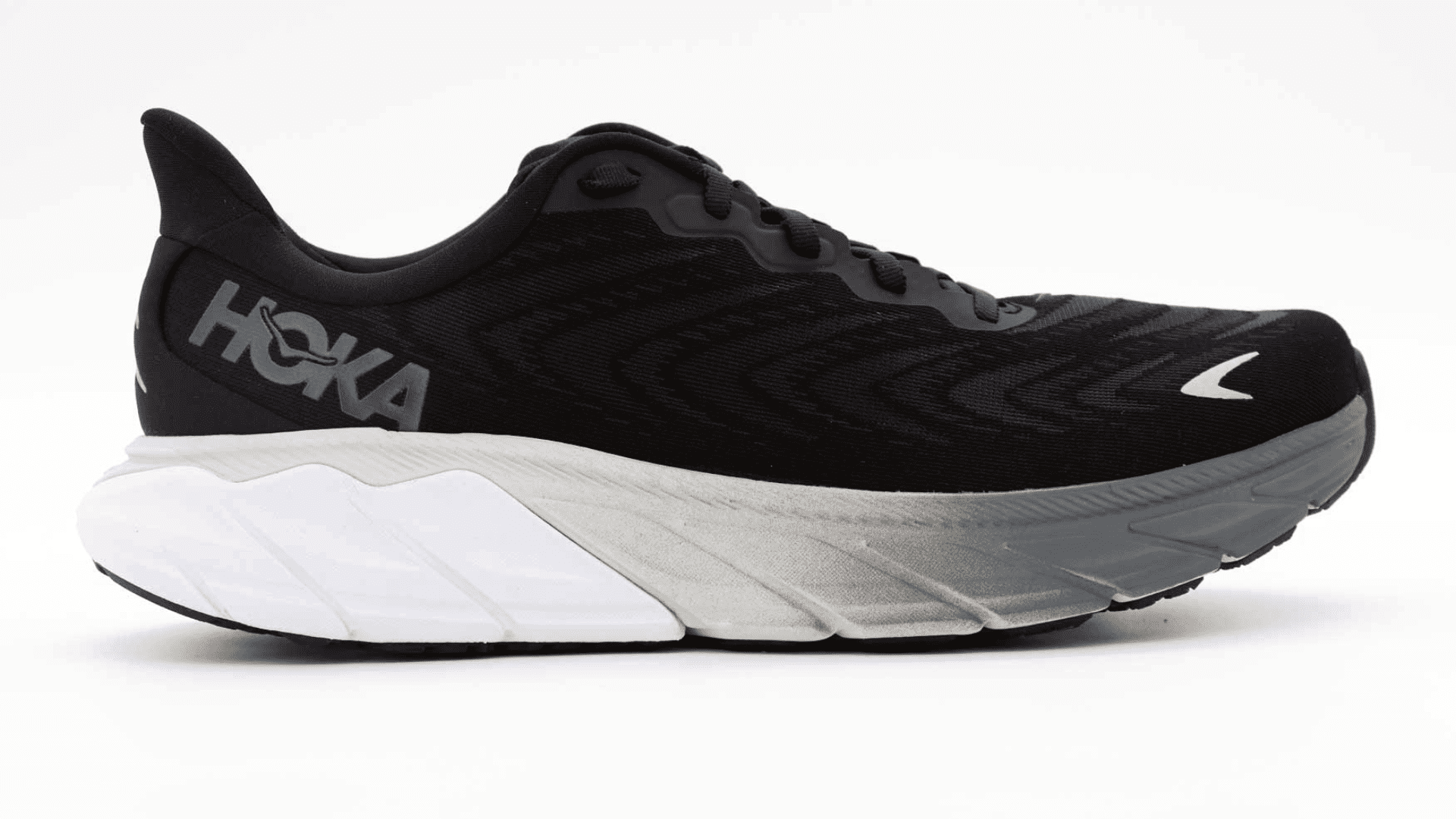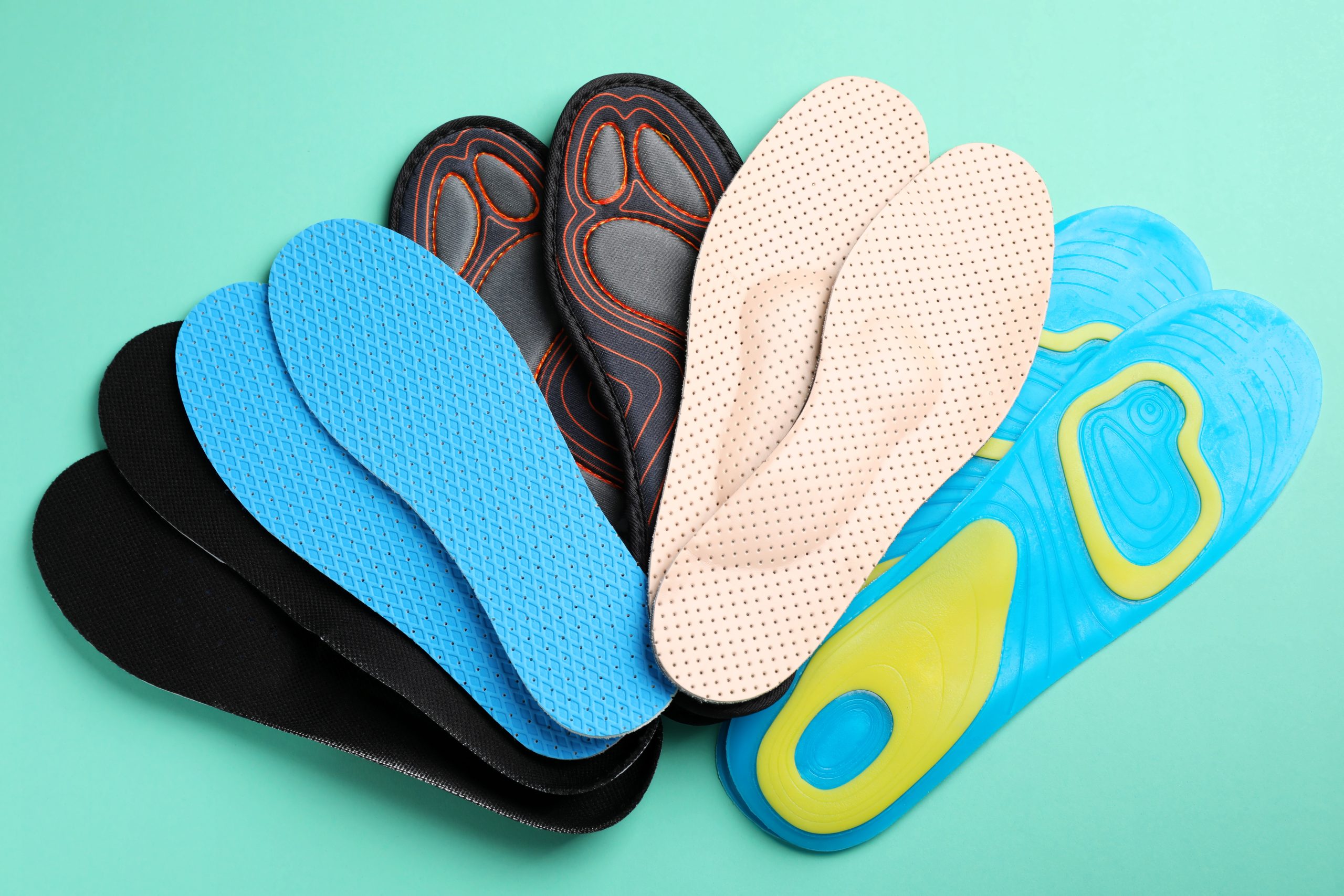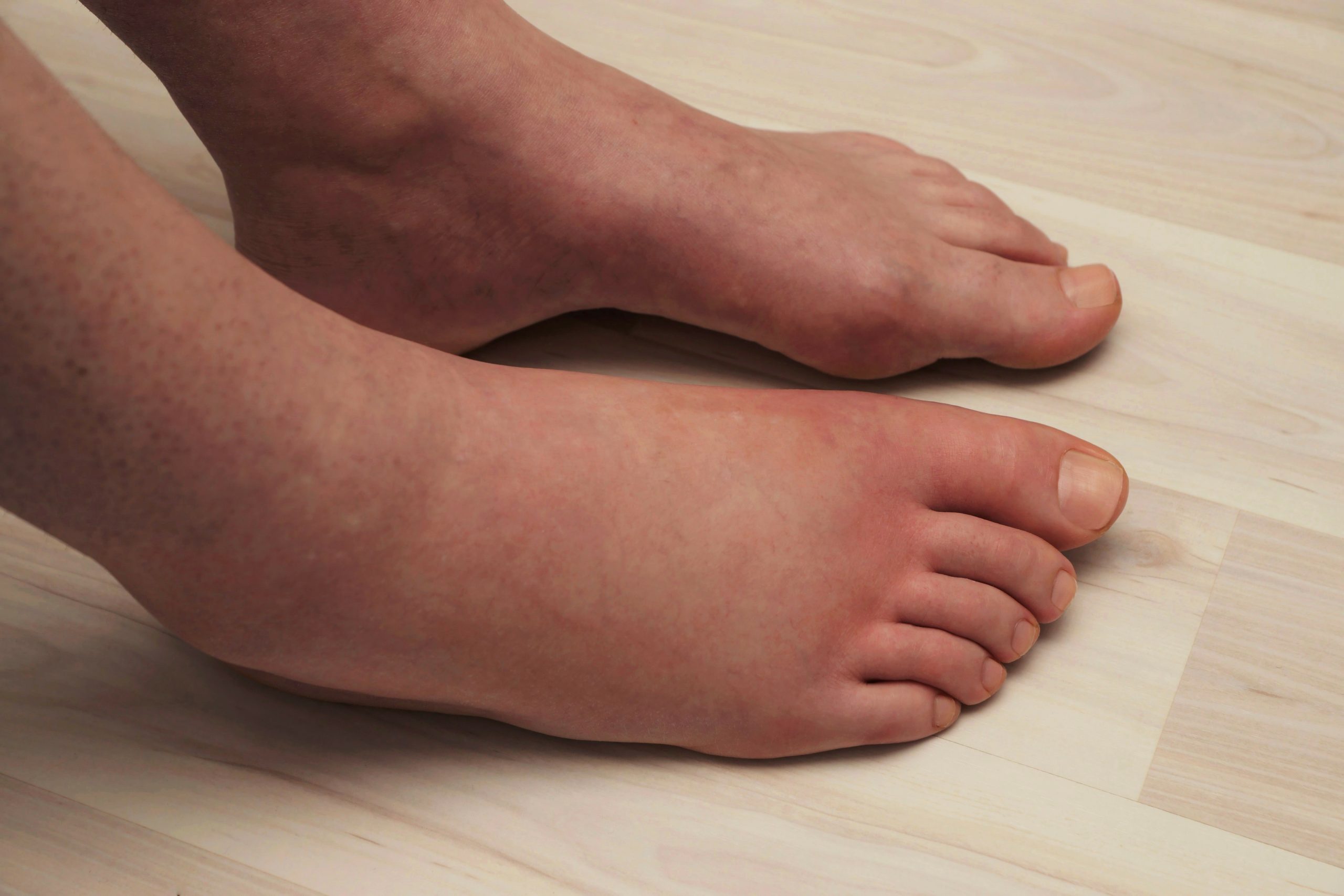Hammer toes is a painful toe deformity that causes your toes to bend or curl downwards, rather than point forwards. It’s most commonly found in the 2nd, 3rd, and 4th toes, though it can happen to any of them. This condition can be caused by a variety of factors, including genetics, ill-fitting shoes, and medical conditions. If you already have bunions on your feet, you are more likely to develop hammer toes as your toe joints have already started to dislocate.
Hammer toes can make it awkward to find footwear that fits well and is comfortable, due to the unique shape they leave your feet in. Most shoes do not typically have enough depth to accommodate hammer toes, and as such in regular footwear you’ll find your toes hitting the roof of the shoes and rubbing a lot, leaving the skin over the toes quite sore and tender.
In this blog, we will discuss the causes, symptoms, and treatment options for hammer toes, as well as the importance of finding the perfect fit when it comes to shoes for hammer toes. We’ll also talk about the relationship between bunions and hammer toes and how they can affect the footwear. By the end of this blog, you’ll have a better understanding of the condition, how to manage it and what type of shoes to look for to.
Causes of hammer toes.
The causes of hammer toes can vary, but some common causes include:
Genetics.
Some people are more prone to developing hammer toes due to their genetics. If someone in your family has hammer toes, you may be more likely to develop them as well.
Ill-fitting shoes.
Wearing shoes that are too tight or too short can cause the toes to be cramped and can lead to hammer toes. High heels can also contribute to the development of hammer toes as they can force the toes into a cramped position.
Bunions.
As mentioned, if you have bunions you are more than likely going to develop hammer toes, as they are both caused by the dislocation of your toe joints.
Trauma.
Injuries to the toes or feet can also lead to hammer toes. Fractures, dislocations, or sprains can cause the toes to become bent and can lead to the development of hammer toes.
Age.
As we age, our muscles and tendons can become weaker, which can contribute to the development.
Overuse.
People who engage in activities that put a lot of stress on the toes, such as dancing or running, may be more likely to develop hammer toes.
It’s important to note that many of these causes can be related to each other and that the condition can be caused by a combination of factors. For example, ill-fitting shoes can cause hammer toes, but if someone already has a medical condition like diabetes, it can worsen the situation. This is why it’s important to consult with a podiatrist or other qualified healthcare professional when it comes to your foot health, as they will be able to provide you with a proper diagnosis and determine the best course of action for your specific condition.
Symptoms of hammer toes.
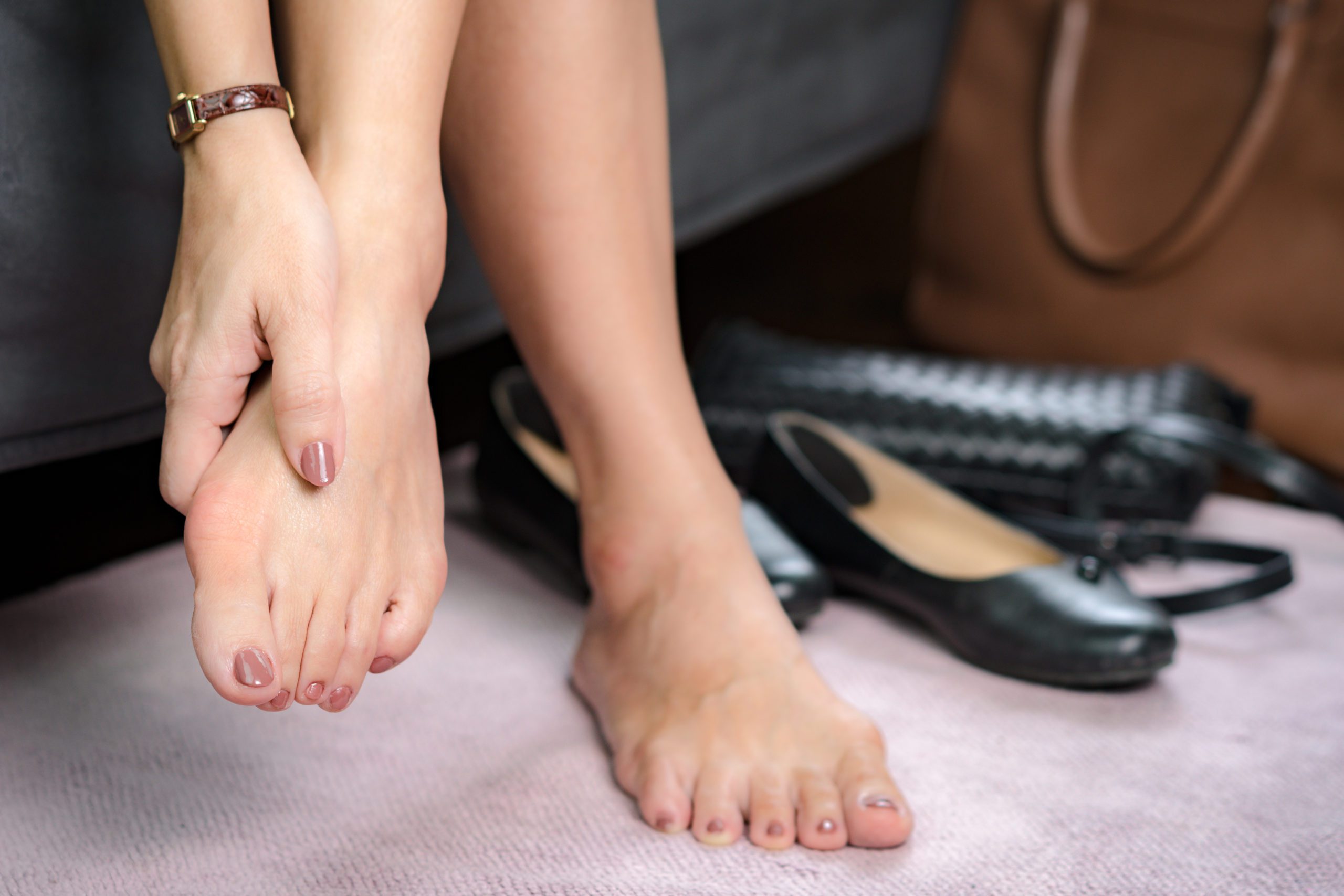
Poor fitting, unsupportive shoes can make the symptoms of bunions and hammer toes worse.
The most common and obvious symptom of hammer toes is a bent toe that is permanently out of position, which can happen in the second, third or fourth toes. Other symptoms include:
Pain.
Hammer toes can cause pain or discomfort in the affected toes, especially when wearing shoes or even when the shoes are off. This pain can be felt at the top of the toe or tip of the toe, as well as in the ball of the foot.
Stiffness.
The affected toes may be difficult to straighten or move, this can make it difficult to walk or even perform daily activities.
Calluses and corns.
The rubbing of the bent toe against the shoe can lead to the formation of calluses and corns on the toe, this can be painful and uncomfortable.
Difficulty walking.
The affected toes may make it difficult to walk comfortably, this can lead to limping, gait abnormalities and even balance issues.
These symptoms, along with the fact that it will be quite hard to find shoes that fit, can make your day-to-day life quite uncomfortable and painful. Hammer toes are also permanent, so it is important that you learn how to manage them to prevent the pain getting worse over time.
Should you see a podiatrist?
It is important to see a podiatrist if you suspect you have hammer toes. A podiatrist is a medical professional who specialises in diagnosing and treating conditions of the feet and ankles. They can perform x-rays and assessments to get a proper diagnosis of your condition and determine the severity of it. Once a diagnosis has been made, the podiatrist will be able to issue the most effective treatment plan for you.
One of the most common treatments is the use of orthotics. Orthotics are inserts that are placed inside the shoe to provide extra cushioning for the feet and may help relieve symptoms associated with hammer toes such as pain, discomfort and difficulty walking. They can also help to prevent the condition from worsening by providing the necessary support and alignment for the toes.
If you have been prescribed orthotics to help ease your pain and you are looking for shoes to use them in, you can read our guide on how to make the most out of your inserts.
So, seeing a podiatrist is a key step in managing hammer toes and ensuring that you have the right tools to keep your feet healthy and comfortable.
Choosing the correct shoes for hammer toes.
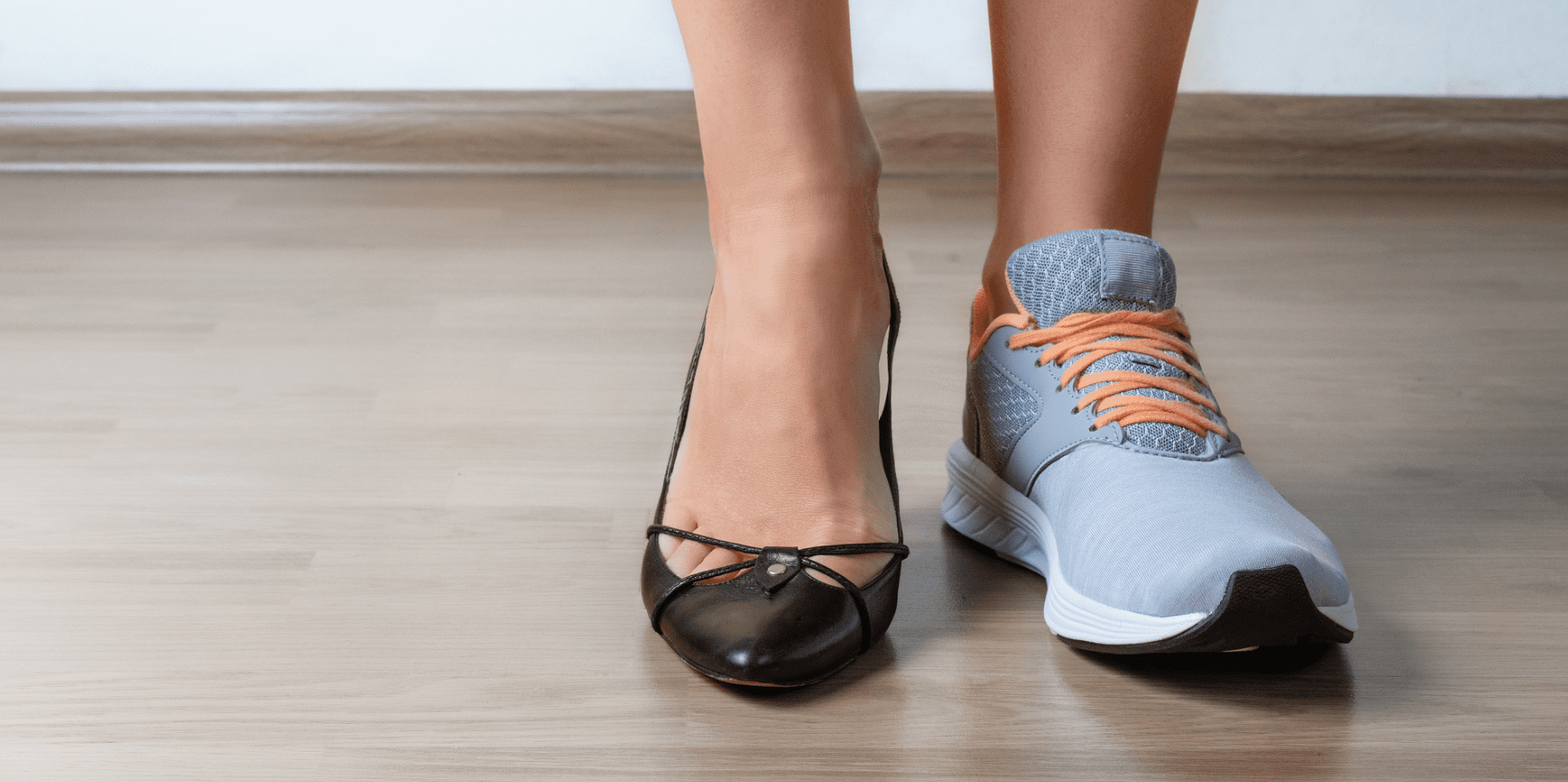
When it comes to choosing the right shoes for hammer toes, there are a few important things to consider that will determine how comfortable they are, and whether or not they will accommodate for the unique shape of your feet.
Fit.
The fit of your footwear plays a crucial role in managing hammer toes. A good fit will prevent your feet from rubbing and slipping inside the shoes, reducing the risk of blisters and calluses. Additionally, a well-fitted shoe will provide enough room for your toes to move and function correctly, reducing the pressure on the affected toe.
It’s important to avoid sizing up into shoes that are too big, as tempting as it may be. This can create additional problems like instability and excessive friction, exacerbating the symptoms of hammer toes. You’ll also make yourself more prone to developing other foot-health related conditions. We know it’s not easy finding the right shoes for hammer toes, which is why we offer a free video call service. Book a call with one of our trained shoe-fitters, and let us walk you through some personalised suggestions based on what we think will work.
Support.
Another crucial thing when looking for footwear for hammer toes is to wear something that allows your feet to sit in a neutral position. This will ensure that your feet are in the correct alignment, and will prevent your hammer toes or bunions becoming any worse. Wearing a good, supportive shoe can also act as prevention for developing other foot-health conditions.
Look for shoes that have the right amount of arch support for your feet. A heel cup can also help as it will provide your feet with additional support, and will give them a stable environment.
Upper.
The upper of the shoe is also important when it comes to managing hammer toes. A soft, stretch upper that doesn’t constrict the toes or rub against them is ideal. For people with hammer toes, the skin on the toes may be overly sensitive, so a soft, stretch upper will help to alleviate any discomfort or pain.
It is also important to consider the functionality of the shoes. For example, if you’ll be doing a lot of walking or other activities outdoors, a soft, stretch upper may not be ideal as it may not provide enough durability. In this case, there are alternatives to consider such as Xsensible shoes, which have stretch uppers but are also durable and designed for outdoor activities.
Final thoughts.
Finding good fitting footwear is important when it comes to managing your hammer toes. The right fit can help alleviate any pain and discomfort, and prevent them getting worse over time.
We stock a variety of brands that cover all sorts of health conditions, with different lifestyles and style preferences considered.
If you’re experiencing discomfort or pain from hammer toes, then book a free personal shopping appointment and a member of our team can walk you through some personalised recommendations.



